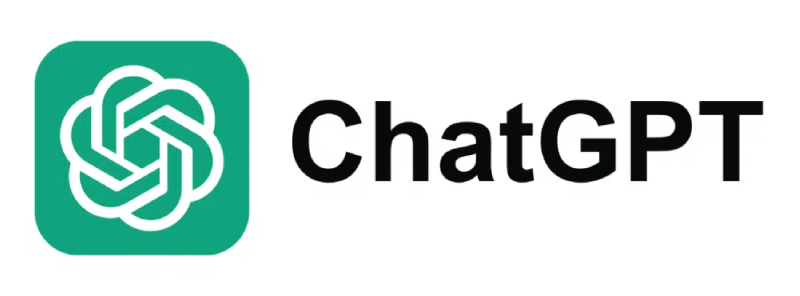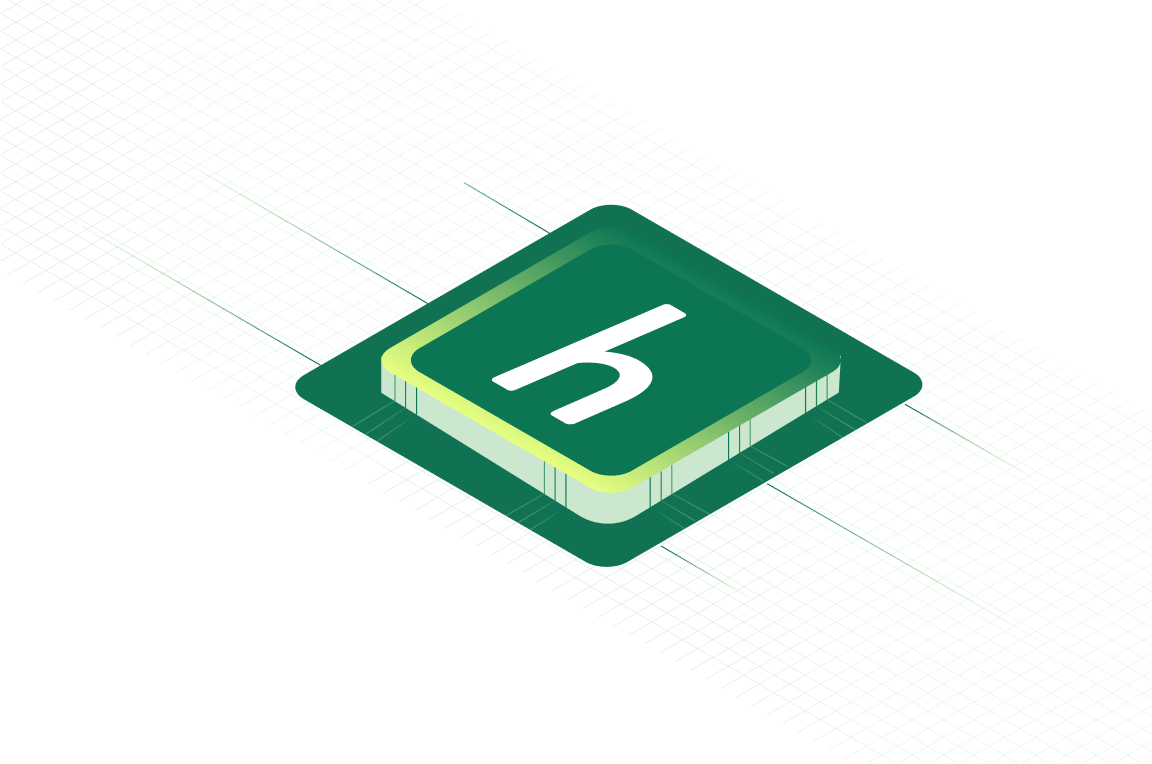There’s a common belief that AI will completely replace human agents in customer support, making live agents obsolete. But that’s not the full story. While AI bots are making incredible strides in handling routine tasks, they still can’t replicate the empathy and nuance that a human agent brings to the table.
The reality is, a hybrid approach—leveraging both AI and live agents—will be the future of customer support. By strategically using AI where it excels and relying on human agents where empathy and complex decision-making are essential, businesses can strike the right balance, ensuring both efficiency and customer satisfaction. To better understand how this balance works in practice, let’s first explore the role of AI bots in modern customer support and how they contribute to efficiency.
The Rise of AI Bots in Customer Support
AI bots offer several significant advantages, such as 24/7 availability, the ability to provide instant responses, and the capability to handle high volumes of repetitive tasks efficiently. According to the 2024 Digital Benchmark Report, 58% of issues are now resolved through full automation, underscoring the growing reliance on AI to manage customer inquiries effectively. And here’s why companies ar eincreasingly adopting AI bots:
- Faster Resolutions: AI bots can handle routine queries, offering quick resolutions to simple issues, allowing human agents to focus on more complex inquiries.
- 24/7 Availability: AI bots provide round-the-clock support, meeting customer demands for instant assistance at any time of day or night.
- Consistent Service: AI bots ensure consistent service across multiple channels, including live chat, social media, and more, helping businesses maintain efficiency.
- Multilingual Support: According to the Helpshift Multilingual Support Guide, multilingual AI bots can support over 70 languages, greatly expanding a brand’s reach and providing immediate assistance to global customers.
AI’s cost-saving potential also cannot be overlooked, as it reduces the need for large teams to manage basic queries, enabling businesses to allocate resources more strategically. The 2024 Digital Benchmark Report further notes that businesses leveraging AI-driven workflows see improvements in agent productivity and response time, making AI bots a powerful tool for scaling support operations.
As AI technology continues to evolve, its capabilities in the customer support space are expanding, further improving both efficiency and customer satisfaction.
The Importance of Human Touch in Customer Support
According to the 2024 Digital Benchmark Report, even as automation increases, human interaction is still crucial for maintaining high customer satisfaction. In fact, businesses that maintain a balance between AI and human agents often see higher customer retention and satisfaction scores.
Human agents are essential for:
Complex Problem Solving: Certain customer inquiries involve intricate issues or detailed troubleshooting, which require human intuition and judgment.
Empathy and Rapport: In cases where customers need emotional support, such as handling complaints or addressing sensitive issues, live agents offer a level of care and compassion that AI can’t match.
Customization: Humans can tailor solutions based on specific circumstances, offering a more personalized experience when a customer’s needs go beyond predefined answers or standard solutions.
When to Let the Bot Handle It
AI bots are best suited for handling routine queries and high-volume, low-complexity issues. These tasks often involve straightforward solutions, where speed is a priority, and customers expect immediate responses. By automating these interactions, businesses can improve their efficiency and response times.
When should AI bots handle the issue?
- Repetitive Inquiries: Bots excel at answering frequently asked questions (FAQs) or simple requests like password resets, order tracking, or product details.
- Speed: With instant responses, bots meet the growing demand for quick resolutions. As customers increasingly prioritize fast answers, AI bots ensure support is available 24/7.
- Cost-Effectiveness: Bots are highly cost-effective for handling routine tasks, enabling businesses to allocate resources more efficiently without compromising support quality.
- Multilingual Support: AI bots can easily offer multilingual support, reducing the need for specialized staff and broadening global reach, as highlighted in the Helpshift Multilingual Support Guide.
By handling these simple, repetitive tasks, bots allow human agents to focus on higher-value interactions, ensuring optimal use of resources and improving the customer experience.
When to Escalate to a Live Agent
While AI bots excel at handling simple queries, there are moments when escalating to a live agent is necessary to ensure a positive customer experience. Customers prefer fast answers, and bots are great for addressing quick questions. However, when issues become more complex, involve sensitive situations, or require nuanced decision-making, human intervention becomes critical.
When should you escalate to a live agent?
- Complex Issues: Problems that require detailed troubleshooting or in-depth product knowledge are best handled by human agents who can provide personalized solutions. For example, 57% of requests in the gaming sector are fully resolved by human agents, indicating that complex, high-value issues often require human expertise .
- Customer Frustration: If a bot isn’t able to fully address a customer’s concern or if the customer’s issue isn’t being resolved quickly, human agents can step in to provide the necessary empathy and understanding. Insights from Helpshift’s 2024 Digital Benchmark Report reveal that customer satisfaction (CSAT) improves significantly with live agents when responding to complex issues .
- Sensitive Situations: Issues that involve emotional support, sensitive data, or personal concerns should always be escalated to a live agent who can manage the situation with care and understanding. Even with advanced AI, human oversight ensures that emotionally charged situations are addressed appropriately .
- High-Value Customers: VIP customers or high-stakes issues often require more personalized and tailored solutions, which live agents can provide. According to Helpshift, organizations that use a hybrid approach of AI for routine tasks and human agents for high-value customers have increased satisfaction scores and reduced response times .
In many cases, a seamless hand-off from bot to human ensures that the customer’s needs are addressed efficiently and empathetically. This hybrid approach prevents frustration and ensures that complex issues are handled with the attention they deserve.
Case study examples
Jamm City: Deflecting FAQs, Escalating VIP Cases Seamlessly
Jam City, a leader in mobile gaming, uses Helpshift’s AI-powered bots to handle a large volume of frequent inquiries, such as account recovery or gameplay questions. By automating these routine queries, Jam City has achieved an impressive 90% ticket deflection rate, effectively reducing the overall support workload.
This allows their human agents to focus on more complex and high-value issues. For example, VIP customer cases are seamlessly escalated to live agents, ensuring these players receive prompt and personalized attention without delays. The implementation of this hybrid approach has led to a 100% increase in CSAT and a 30% reduction in overall ticket volume, making Jam City’s support more efficient and customer-friendly. Additionally, the platform now handles 90,000 tickets monthly, showing the scalability of their solution while maintaining quality service.
Sybo: Boosting Productivity and Deflecting Tickets Efficiently
SYBO, known for its hit game Subway Surfers, faced significant challenges with their previous email-based support system, which impacted player retention and satisfaction. Their reliance on Zendesk’s basic functionalities only led to a 10% ticket deflection rate, and the success rate of Zendesk’s default bots was under 50%.
After implementing Helpshift, SYBO achieved remarkable improvements in a short period. With 85% of issues handled through messaging channels and smart intents routing issues to the right bot workflows, they reached a 95% ticket deflection rate for Subway Surfers. This allowed them to boost agent productivity by 80% without additional hires and reduce email-based support to just 10% of their previous workload.
The results were substantial:
- 95% deflection rate in Subway Surfers.
- $333K in initial savings due to improved efficiency.
- 1h40m Time to First Response, an 86% decrease from their previous system.
- CSAT of 4.3 (compared to 3.8 with Zendesk), showcasing the power of the hybrid approach in improving player satisfaction.
SYBO’s success underscores the value of integrating AI bots with human agents to create an efficient, responsive support experience that scales with player needs.
Conclusion
The success of studios like Jam City and Sybo showcases the power of a hybrid approach to customer support, where AI bots handle routine queries and human agents address complex issues. Jam City achieved a 90% deflection rate and increased CSAT by 100% by automating basic tasks, while Sybo improved agent productivity by 80% and reduced Time to First Response by 86% through AI-driven workflows.
What sets this approach apart is seamless bot-to-agent handoff, where contextual data and smart routing ensure smooth transitions. By leveraging AI for speed and cost savings and human agents for empathy and complex decision-making, businesses can maximize efficiency without sacrificing customer satisfaction. The combination of AI and human expertise positions brands to scale operations and deliver personalized, high-quality support in an increasingly digital world. Book a demo with Helpshift now!








